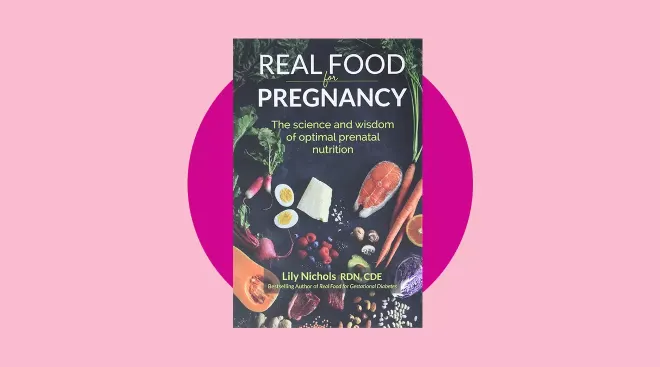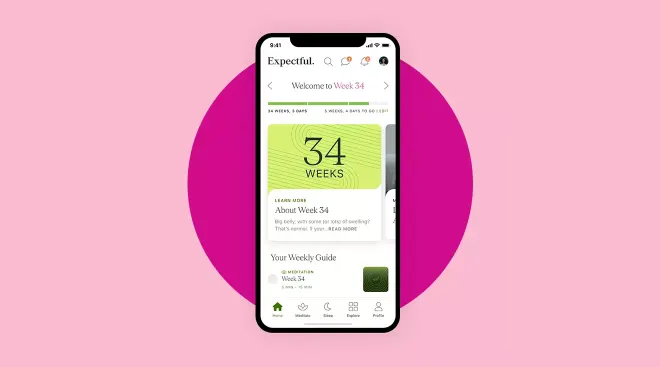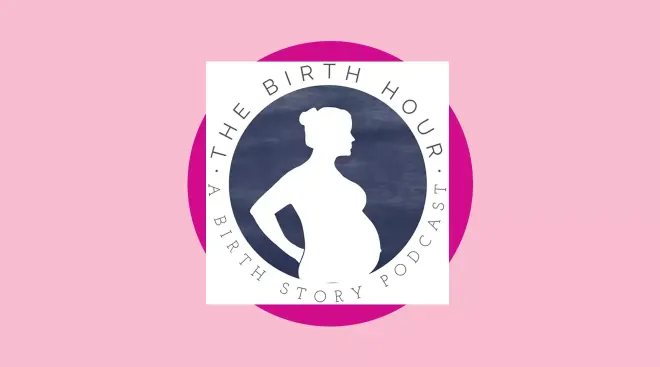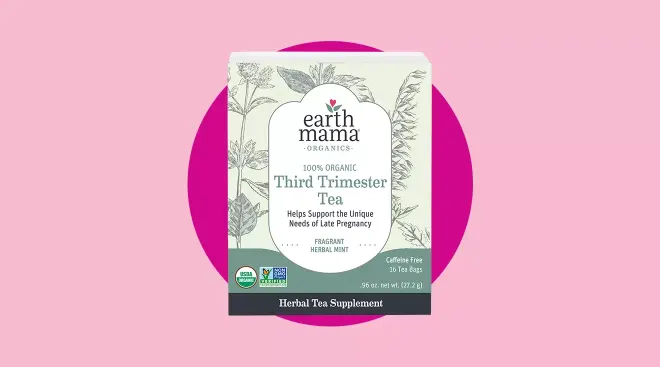How to Build Financial Security for Your Family
As a parent, my guess is your biggest financial fear is not being able to provide for your children.
Sure, you’d like to be able to take vacations, buy your dream home and have enough money to not have to work so much. But deep down what you really want is simply to be able to take care of your family.
I’m right there with you. While I have plenty of big dreams myself, financial security is by far my biggest priority. I want to know that no matter what, my wife and kids will always have the financial resources they need to go about their daily lives.
In Part 1 of this series, we walked through three important steps that lay the foundation of your family’s financial plan:
- Setting good financial goals
- Creating a system for managing your money
- Preparing for the financial changes that come with having a baby
With those things in place, you’re ready to start putting your money to good use. Here, you’ll learn how to use it to build the financial security your family deserves. These aren’t the most uplifting or enjoyable financial topics. Most people avoid them altogether because they’re kind of icky—but you can put your family in a much better financial position by handling them now.
You never know what life is going to throw your way or what it’s going to cost. Having cash on hand is an easy way to make sure that whatever it is, it’s an inconvenience instead of a financial emergency. That’s why most people call it an emergency fund, and I like to break it down into three stages:
- Stage 1 Emergency Fund: $1,000 in a savings account. This is enough to handle most one-time unforeseen expenses. I would work to save at least this much even if you have high-interest debt.
- Stage 2 Emergency Fund: Three to six months worth of expenses. This is enough to get you through tougher periods, like unemployment or medical emergency.
- Stage 3 Irregular Expenses: These are individual savings accounts for common irregular expenses, like car maintenance, home repairs, travel and gifts. By saving for these ahead of time you’ll be able to handle them with ease.
The most important thing here is to make sure this money is safe, which is why I recommend keeping it in a savings account. You can use this tool to find a savings account that at least earns you something.
Maybe the most morbid personal finance topic of all, your estate plan ensures that your family is cared for both financially and physically if you die.
Here are the most important pieces of a good estate plan:
- Will: This is by far the most important, even if you don’t have money to pass on, because this is the only way you can name guardians for your children. It’s typically a good idea to name primary, secondary and tertiary guardians just in case.
- Beneficiaries: Most checking, savings and investment accounts allow you to name beneficiaries, which are the people who would inherit the money if you die. These designations overrule anything written in your will, so keeping them up-to-date is important.
- Life Insurance: More on this below.
- Healthcare Proxy: This names someone to make medical decisions on your behalf in case you’re not able.
- Durable Power of Attorney: This names someone to make financial decisions on your behalf in case you’re not able.
- Living Will: Outlines your end-of-life preferences.
- Living Trust: This isn’t necessary in most situations, but it can be beneficial in the right circumstances.
So how do you get these things in place? You can hire an attorney to walk you through the process—or you can opt for an easier, cheaper route and use an online estate planning tool like Willing, which guides you through creating a last will and testament (which includes naming guardians and naming the executor of the will), a living will, a durable power of attorney, a transfer on death deed and a revocable trust. You can even sign and notarize your documents online.
You may come across an insurance salesman who pitches life insurance as an investment. Don’t listen to him. The real purpose of life insurance is to make sure the people who are financially dependent on you have all the money they need to provide for themselves, no matter what.
For a working parent, this typically means having enough life insurance to replace the income your family relies on. For a stay-at-home parent, this typically means providing the resources needed to replace all of the day-to-day services you provide (which add up to a LOT!).
Life insurance can also be used to pay off debt, pay off your mortgage, or fund your child’s education. The website Policygenius has some good tools for both calculating the amount of life insurance you need and finding an affordable policy.
If you’re in your 20s, 30s, or even 40s, your greatest financial asset is likely your future income. That income is what’s going to pay your bills, pay off your debt and allow you to save for the future. And unfortunately, there’s actually a pretty good chance that at some point a medical issue will prevent you from earning it for at least a period of time.
According to WebMD, you have about a 33 percent chance of being disabled at some point before you retire. And the leading causes probably aren’t what you’d expect. Things like arthritis, back pain, heart disease, cancer and depression top the list.
That’s where long-term disability insurance comes in. If health issues keep you from working for an extended period of time, your disability insurance would send you a monthly check to replace some or all of your income, often for years or even decades if necessary. That money would allow you to keep paying your bills and keep saving, even if you couldn’t work.
Disability insurance is complicated, but you can find an overview of the most important features here. You may have some coverage through work, and you can also use Policygenius or an independent insurance agent to find a policy on your own.
These aren’t the most uplifting financial topics in the world—but if you handle them right, you can ensure that your family will always have the financial resources it needs, no matter what.
In Part 3 we’ll explore the final pieces of your financial plan that allow you to go beyond providing security so that you can use your money to build a life you love.
Want more? For even more detail on these topics, check out Matt’s 10 week course that walks you step-by-step through every major financial decision you have to make as you start your family. Matt’s expertise comes from his personal experience as a new dad and his professional experience as a fee-only financial planner working with other new parents. The Bump readers get a special 20 percent discount, so take advantage here: 10 Weeks to a Better Financial Future.
Matt Becker is the founder of Mom and Dad Money, a fee-only financial planning practice dedicated to helping new parents build happy families by making money simple. His free time is spent jumping on beds and building block towers with his two little boys.
Navigate forward to interact with the calendar and select a date. Press the question mark key to get the keyboard shortcuts for changing dates.




















































